Estimated reading time: 7 minutes
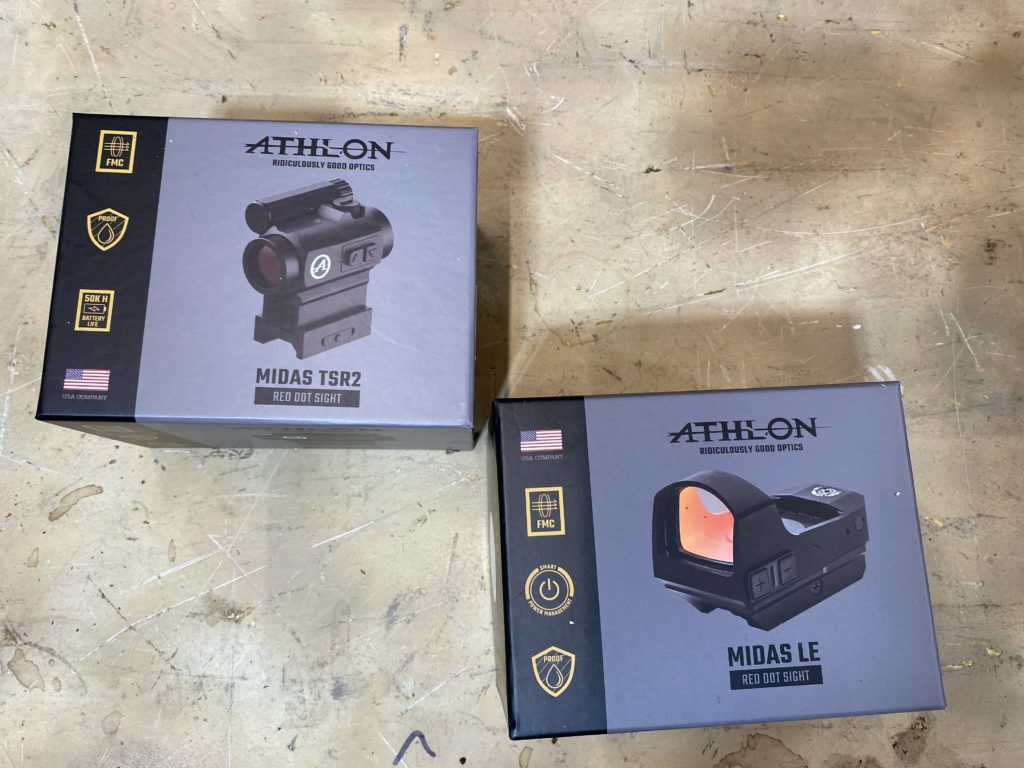
Here on GunsAmerica Digest, we are always on the quest to find and test new EVERYTHING! Which in our day and age, definitely applies to optics. And while testing the newest, hottest, most expensive-est is fun, it’s not really practical for you or me. In fact, what I consider the side benefit of my job is getting to test optics that are actually affordable for normal humans. Those have a role as well, be it as all you can afford, a training-only set up, a recommendation for a new guy- whatever it may be. And we have had some surprising results from the lower end of the price spectrum in the past.
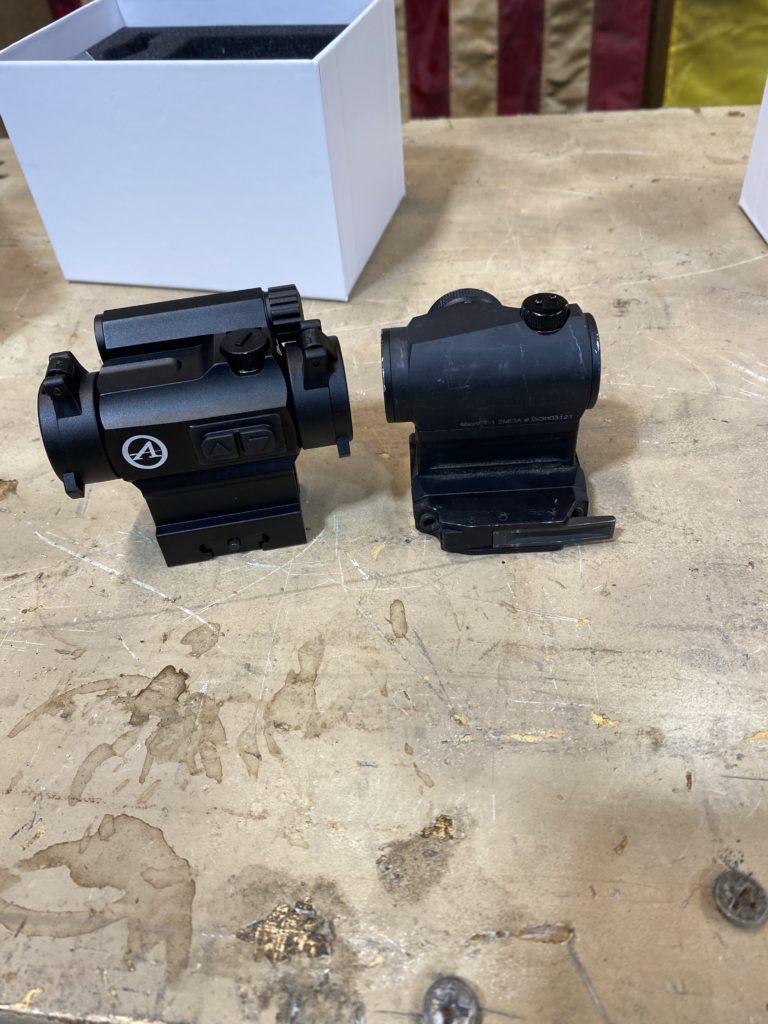
This week, we are taking our first look at Athlon Optics. Athlon has been in business since 2014, so not exactly a new player. And while they do have a fan following, they don’t seem to be as well known as even recent popups like Holosun. Digging into the history of the company, you don’t seem to find much. So I am just going to tell what I heard 3rd hand, and we can call the source gossip at best.
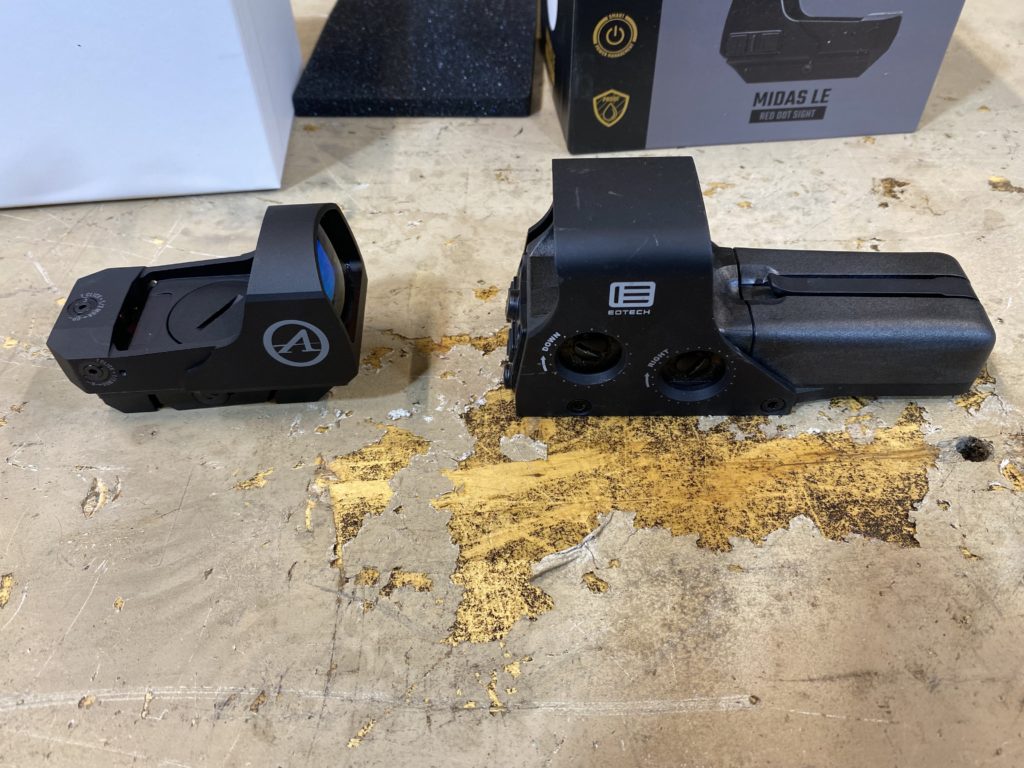
Athlon is headquartered in Olathe, Kansas, which is not all that far from another optics company you may have heard of, named Bushnell. The story I got is that when Alliant Techsystems acquired Bushnell in 2013, several of the top guys didn’t want to play in the new corporate culture. So they left. Not maybe with the tech drawings and cleanroom tools, but certainly with the know-how. And Know How carries a lot of weight when it comes to starting a new company. Investors and location secured, they stepped right back into optics, on their own terms.
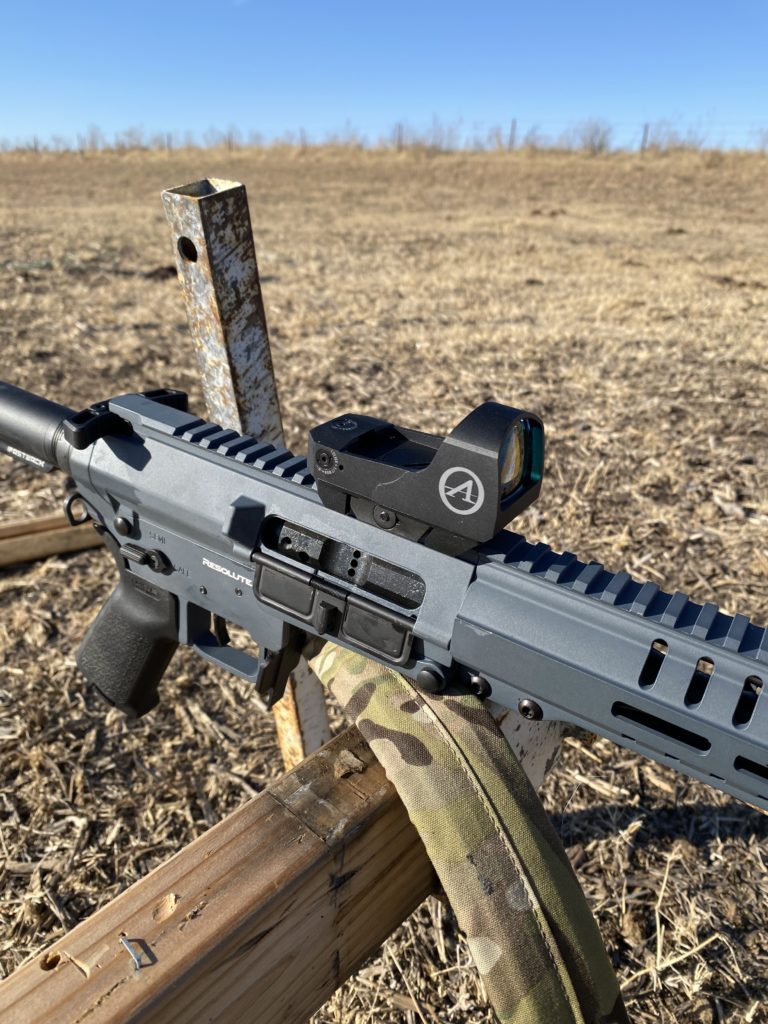
True? I have no idea. Does it really matter? No. Athlon has gained a great reputation, regionally at least, for having durable optics at a really good price. And innovative design, which is also a big-time bonus. So for our first foray, we opted to test two red dot options that cover a spectrum of needs.
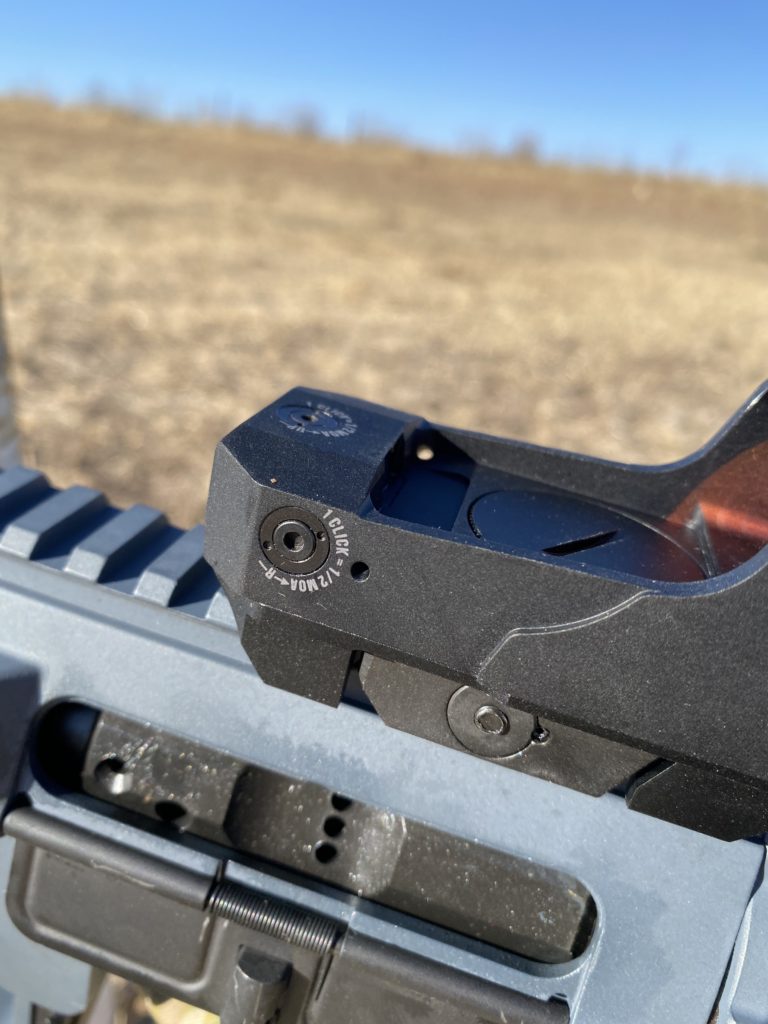
Starting off, both are made in China. Yes, we all hate that. But it’s how the game is played right now. Your iPhone and TV were likely also made in China. Unless you bought a premium optic, the kind that has to stay US-made for military competitive reasons, odds are good it was also made in China. Athlon is at least a US-based company, so the profits stay here. And as we have seen from others, a US-based business at least has control over design, spec, and quality control when it is done that way.
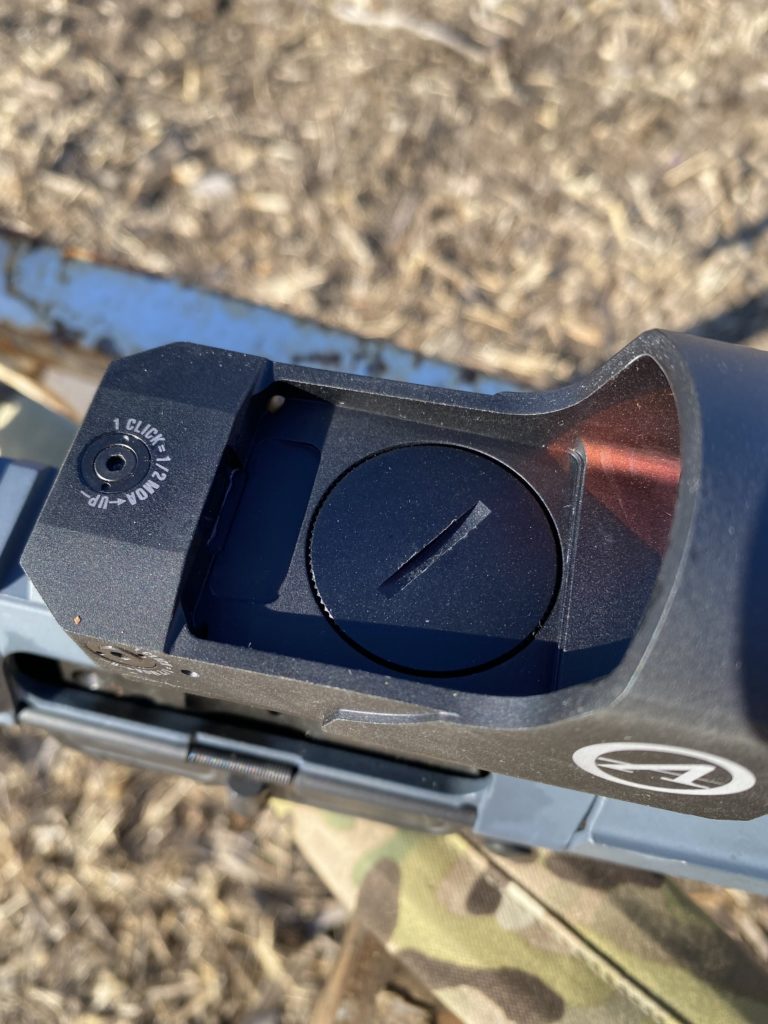
First up is the Midas LE Gen 2. While it is shaped more like an RMR, its size and optical window show it is clearly meant to be an EoTech replacement. Even the reticle is similar, which is great. You could essentially call this an EoTech class optic, even if the shape is weird for that. You notice that from the side profile, but you don’t notice it while you are shooting. It also mounts low to the rail like an EoTech, which makes it a great trainer gun optic.
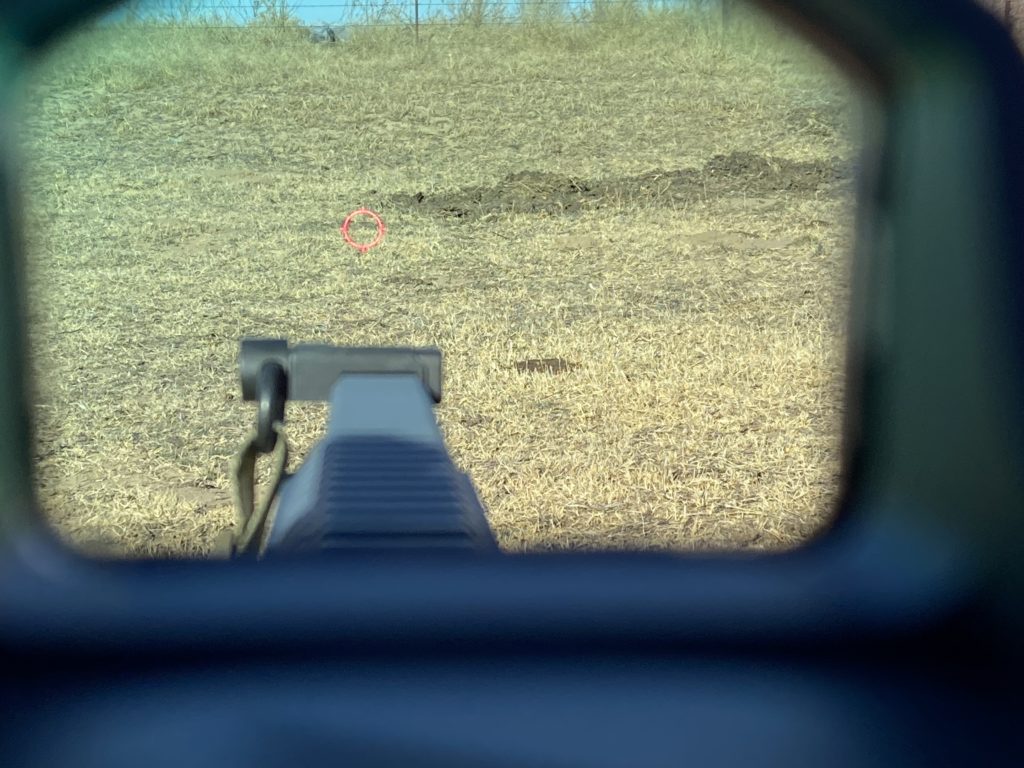
The Midas runs on a 2032 battery, which loads from the top, and offers a 50,000 hour battery life. The housing is aircraft grade aluminum for durability, and the optic is waterproof. It actually has 3 reticle modes, though I prefer the EoTech style by far. And let’s get down to the brass tax. Since it is like an EoTech in function, I compared it directly to my EoTech 512.
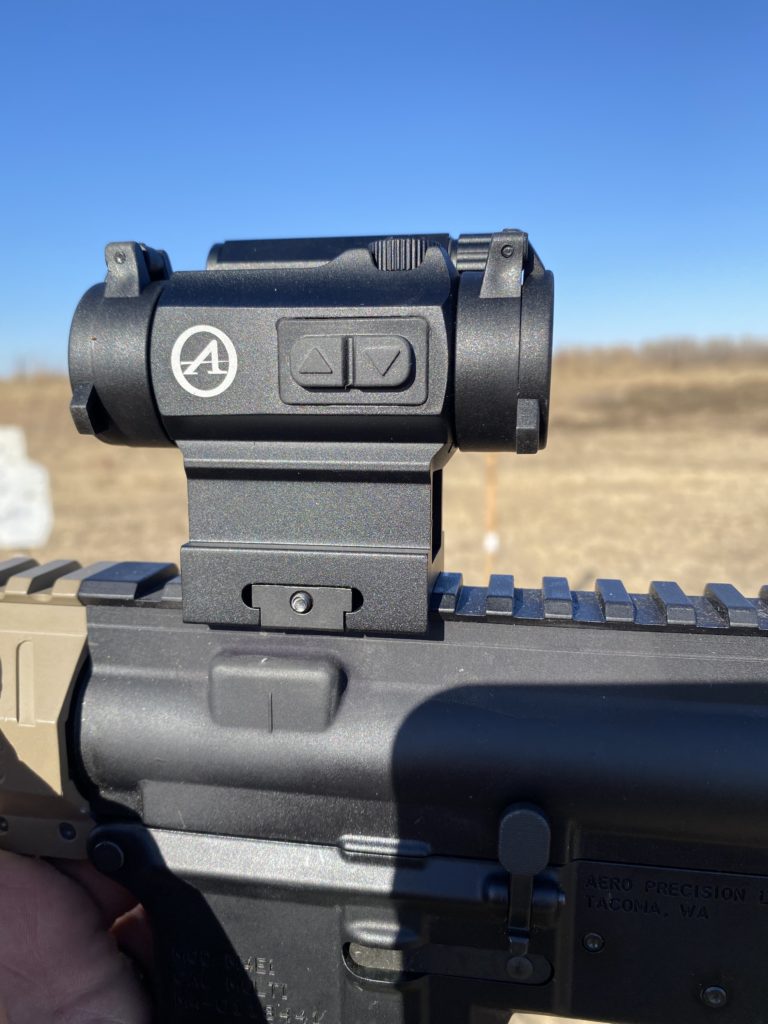
The reticles are of similar brightness, meaning I couldn’t give an advantage to either with my naked caveman eyeball. Is the glass as clear on the Midas LE? No. It isn’t a huge difference, but it is a difference. The cheaper Midas LE has a faint blue tint, which some have noted on even high-dollar optics. It isn’t something you would likely notice just picking the Midas up in the store, but is obvious if you are holding it side by side with an EoTech. Is that a show stopper? At a street price of $269, it isn’t for me. The Midas was true to zero and held up to my CMMG Mk47 in 7.62×39. Maybe not my jump into Kandahar optic, but I find no fault in it either.
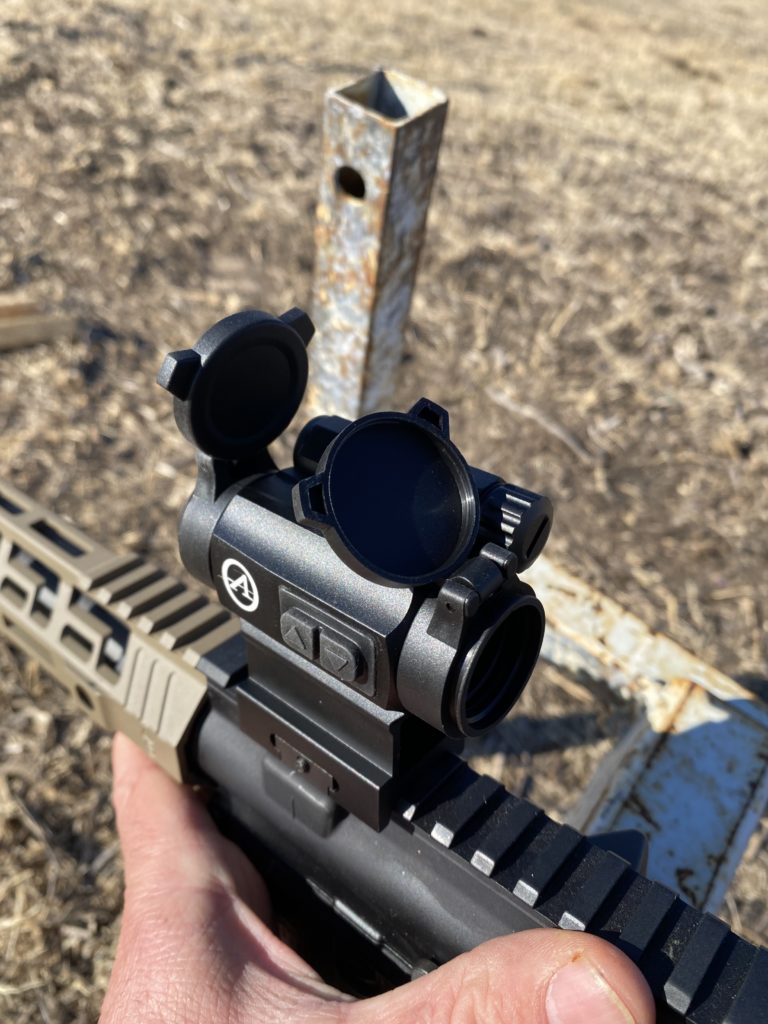
Next up was the Midas TSR2, which I was very excited about. The TSR2 was quite clearly meant to compete with an Aimpoint CompM5 or Micro T-1. (It has features mixed of both.) This is awesome, because a CompM5 is $800, and an Athlon TSR2 is $169. As in, zero chance I’m buying a spare Aimpoint brand optic for my 22LR upper.
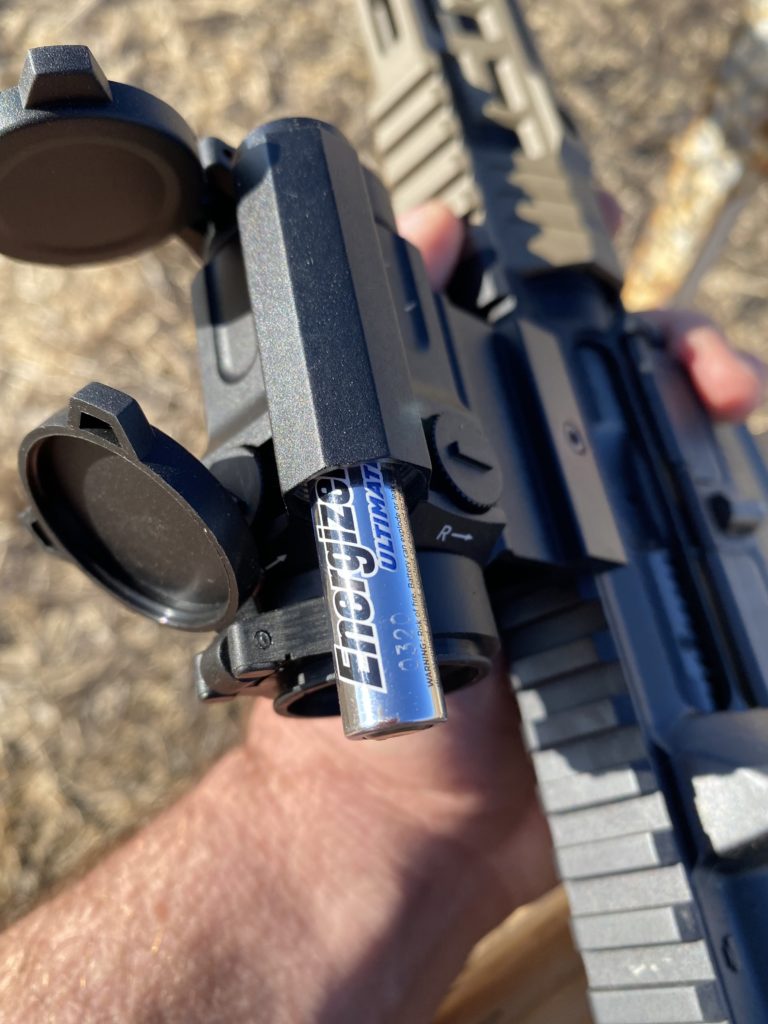
The TSR2 runs on a single AAA battery, which we have noted in the past is awesome for availability. It still has a 50,000-hour battery life, along with motion sensor activation. Like the Midas LE, it is fully waterproof and housed in an aluminum shell. How does it stack up to the Aimpoint?
Well, this one was a bit of a surprise. In the interest of full disclosure, my Aimpoint T1 is older than dirt. It has been beaten up and abused for a very long time, and it is the global standard in durability for optics. But the Athlon beat it surprisingly. First of all, the Athlon is much, much clearer. I mean, night and day difference. I looked probably 15 times back and forth to make sure I wasn’t hallucinating. And if I’m being honest, it revealed something I never noticed about the Aimpoint before. The Aimpoint T1 has a slightly bluish tint, while the Athlon has none. Absolutely clean glass. Shocking, and at $169, very much a great feature.
The TSR2 had very positive clicks, and tracked true for a red dot when I zeroed it. It took the abuse of my 762×39 pistol without a problem, and will be getting a longer term test. But for the price? Wow.
Athlon Optics is a brand that should be on your radar, in the hyper-competitive world of optics. Over the next few months, we have some magnified scopes coming in as well. But for now, on the red dot front? This is a value that is very hard to beat.









Did I miss it or is dot size not mentioned? It drives me nuts how many red dot articles never mention dot size. Clay mentions several reticles for the first sight but what are they? Can we have sizes and pictures in a future write up?